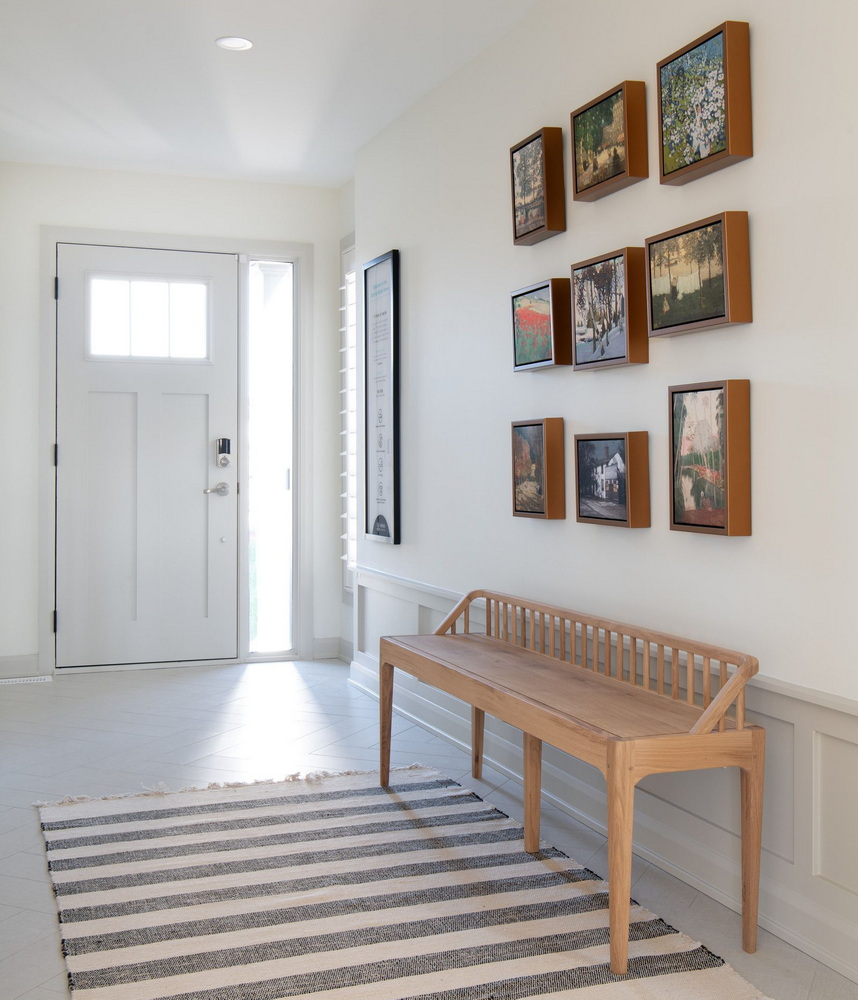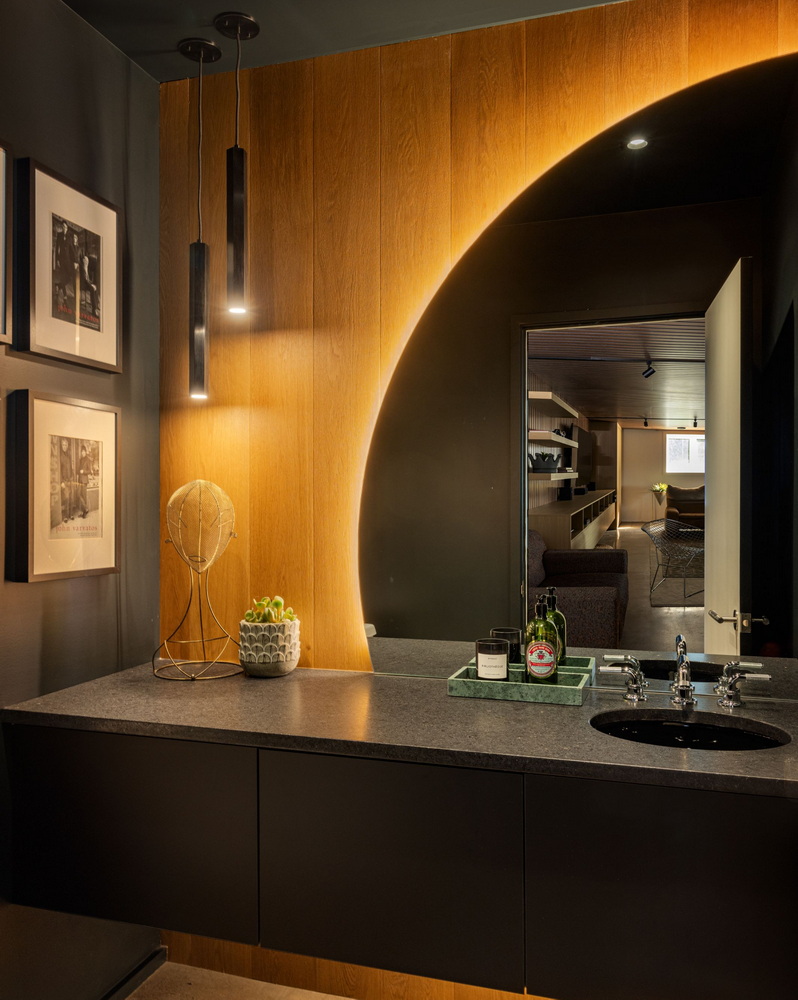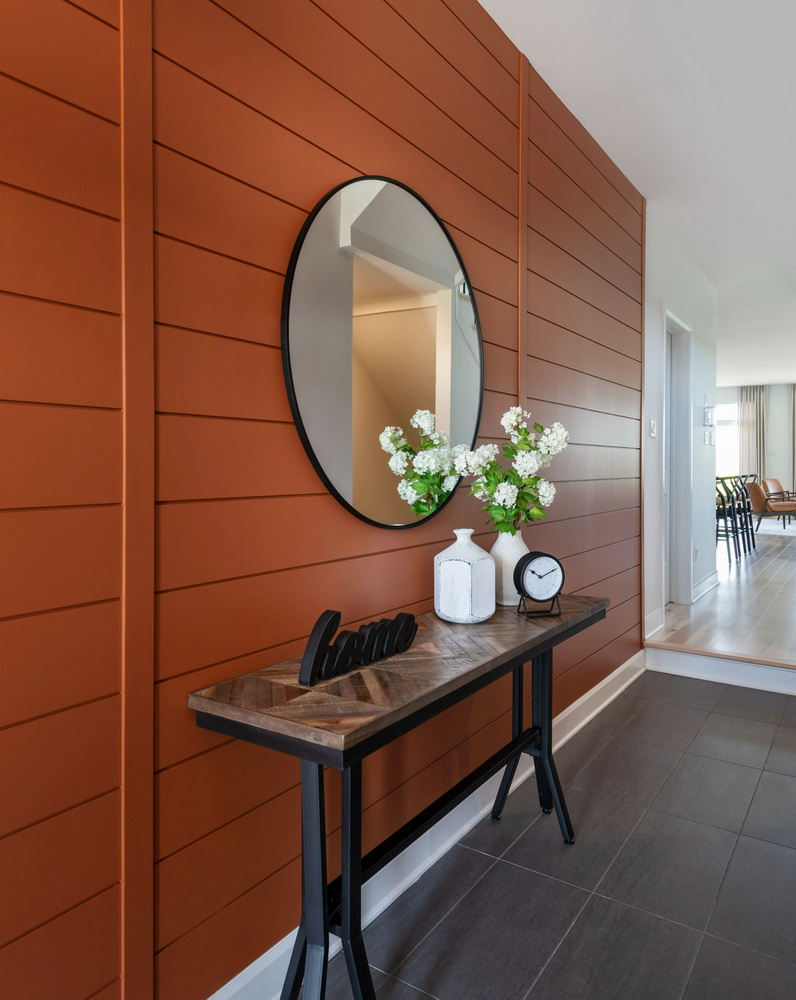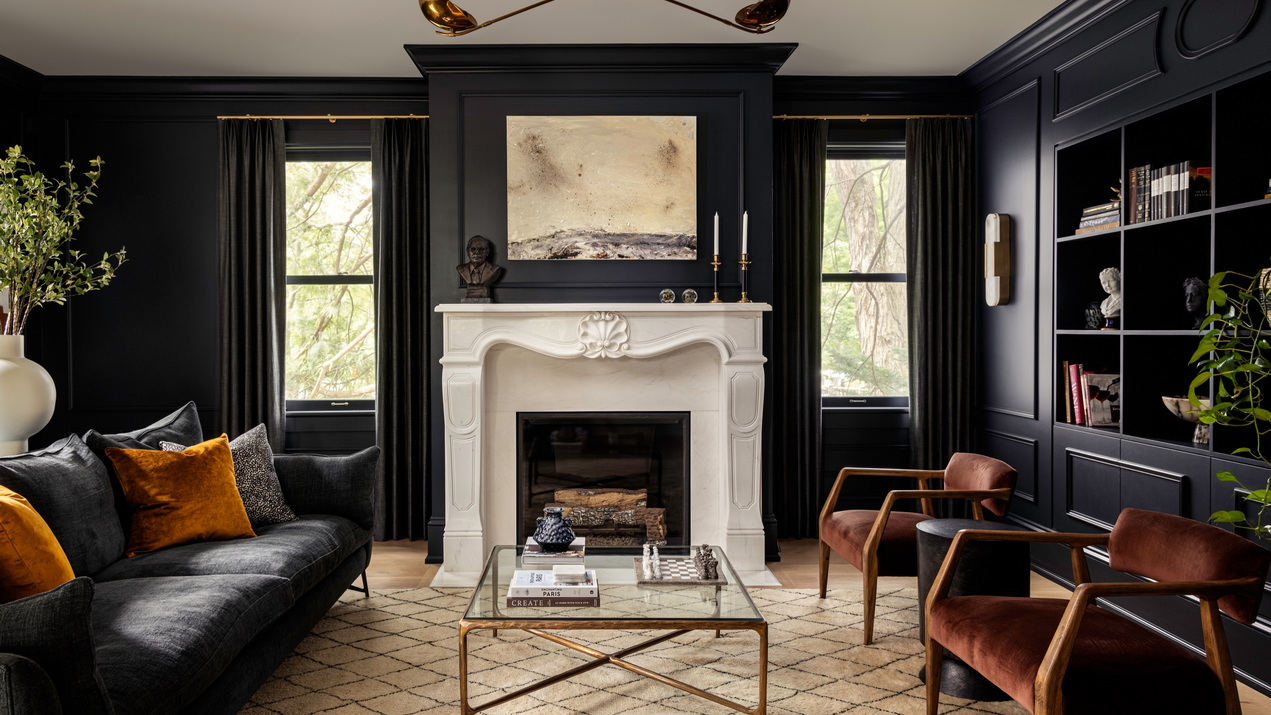One of the questions I’ve heard the most in my years as a designer is: “What is a focal point and how do I know if I have one?” The answer has eluded many homeowners, so this column aims to shed some light on the topic.
Having a key point of focus in a room really helps ground your space, gives it personality and makes it pleasing to the eye. Here are five ways to create a focal point in a room.
Architecture

Using the room’s architecture is the first go-to in creating a focal point in your space. Does it have a fireplace or nice window? If so, either one can act as your natural focus to build the room around. If not, don’t worry! You can create your own with the options listed below.
Furniture

A large piece of furniture, such as a couch, bed or dining table can serve as a main feature and you can build your room around it.
Furniture placement can also be used to highlight an existing focal point. For example, by placing sofas, chairs and tables around a fireplace, it will encourage people to gather around it, making a cosy, comfortable space.
Accessories

Even when the focal point is obvious, you can use accessories of texture, shape and pattern to enhance it. This might include window furnishings, moulding, artwork or bookshelves.
Artwork — either one larger piece or a gallery wall — can serve as a focal point or be hung above a fireplace to emphasize the existing focal point. A couch or chair can be emphasized with accents such as cushions and throws. A textured rug on a floor will stand out, and even live plants such as ferns will add texture to your space.
Lighting

Lighting can be used to enhance a focal point. If a piece of art is the focal point, then picture lights, track lights or wall fixtures will set it apart and help draw the eye to the artwork.
Some light fixtures, such as chandeliers, can be focal points themselves, while others can be part of one, such as pendant lights over a kitchen island.
Colour

One of the easiest ways to emphasize — or create — a focal point is with an accent wall in a contrasting colour. If there are no built-in features to work with in your room, an accent wall on the furthest wall from the entry can serve as an effective focal point.
Colour accents in your choice of accessories can also be used to draw attention, such as curtains in a bright and inviting colour that frame a window.
With these tips, I hope you have fun creating your own focal point in your space.

